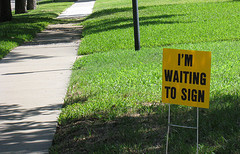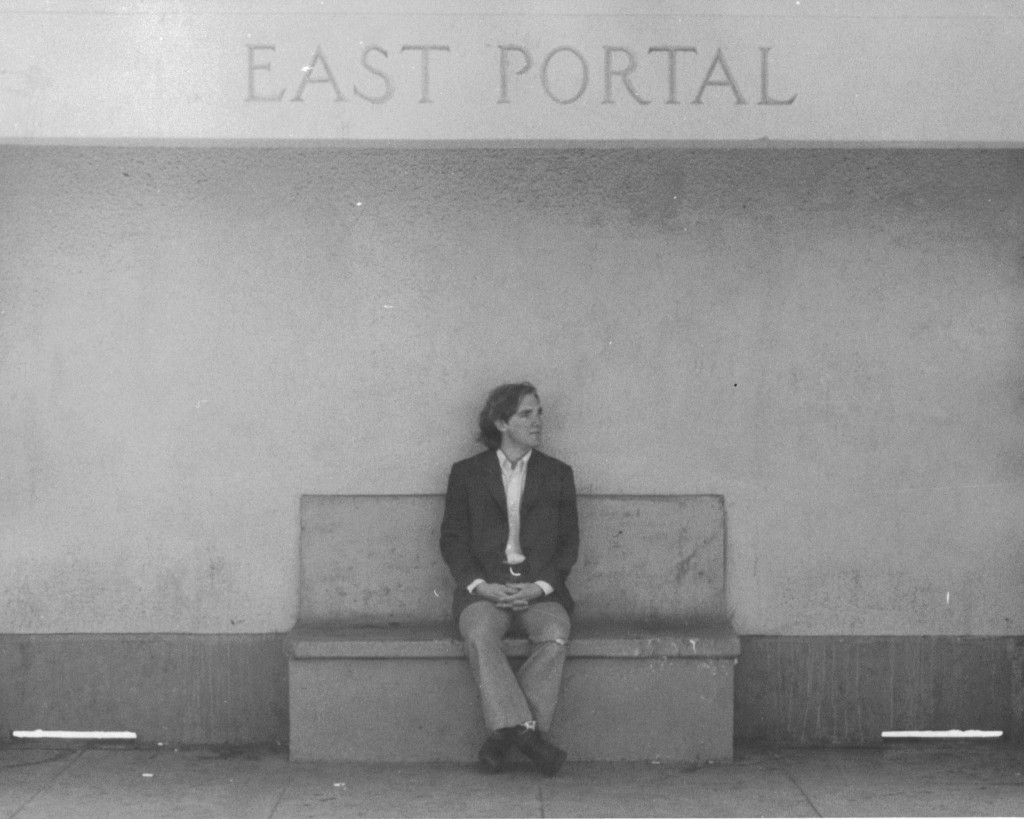
Image by MyEyeSees
“Have you been reading anything besides Marcellus Shale gas stuff lately?” my friend asked as we gathered up papers scattered across the conference table.
“Well, gas drilling occupies a lot of my reading time,” I replied, “but last month I plowed through all nine hundred thirty-seven pages of Michener’s “Hawaii” and now I’m in the middle of “Blood Oath” by Jimmy Cherokee Waters. Both books make me think of the Marcellus.”
“What do you mean?” he asked.
I crammed the last file into my briefcase before answering. “Well, the native Hawaiians lost their land and lives to whalers and missionaries and the Cherokee fought and fell to white men greedy for gold and more land. Now, water trucks rule our roads, landsmen lean on landowners, and pipelines cut crossways through corn fields. I wonder who’ll be the winners and losers in this new land rush…
Three years after the first white pickups rolled into Bradford County from Oklahoma, it’s clear that we can’t send them home. And many wouldn’t even if they could. Marcellus promises unimaginable riches with odds of winning much better than a Lotto ticket or the slot machines at the Tioga Downs Casino. The main ticket needed to play this new game of chance is a deed to a few acres of land, but landowners aren’t the only early winners. The drive to drill is helping small businesses in towns like Towanda and Troy where signing-bonus cash is funneling into local economies, fast-forwarding the call for lumber, siding, roofing, paint, paving, cabinets, carpeting, and furniture for home projects to make Martha Stewart and Tim-the-Tool-Man proud.
Marcellus is also breathing life into hometown hotels, restaurants, grocery stores, equipment companies, gas stations, and appliance stores. Local dealers are selling shiny new trucks and tractors in reds, greens, and blues to landowners happy to shed newfound bonus cash. Royalty payments promise to speed this spending spree, fueling an economic boom in northeastern Pennsylvania, an area dependent for the past hundred years on farming, forestry, and a few local industries.
For now, most workers actually on the drill, frac, and pipe sites are non-locals; industry-hardened types from west of the Mississippi, but locals will surely edge into some of the better-paying jobs as this gas play unfolds. Local entrepreneurs with keen eyes see Marcellus paydays in new businesses like hauling water, digging gravel, storing equipment, and seeding drill sites. Tax accountants and financial planners, for years finding limited clientele in this rural community, now hustle to work with new clients unfamiliar with inheritance taxes, trust funds, and income spreading.
All that gas cash is also helping people to pay off old mortgages, reduce school loans, and keep up with nagging hospital bills. Local schools are sure to benefit from higher property taxes levied on farm land now valued at ten times the amount assessed three years ago, and may collect added dollars as drilled land drops out of Clean and Green. Gas companies are adding to this local boom by plowing feel-good money into local charities.
Taking a broader view, Marcellus offers a pipeline to partial independence from the Middle East’s grip. Our unending thirst for oil continues to place our sons and daughters in harm’s way, providing the underlying driver for our presence in conflicts in that region. Latest estimates suggest that Marcelllus could provide enough gas to support current U.S. consumption rates for 20-25 years, easing demand on foreign oil imports. Substituting one non-renewable fossil fuel with another won’t solve our long-term energy problems, but it might help to keep our troops home in the future.
The Marcellus promises one more positive outcome. Natural gas is the cleanest-burning of all fossil fuels, spewing 30% less carbon dioxide into the atmosphere than oil and almost 45% less than coal. The principal component of natural gas, methane, is itself a greenhouse gas, but according to the EPA, the reduction in overall greenhouse gas emissions from increased natural gas use strongly outweighs the negative impact of increased methane emissions. Emitting much lower concentrations of toxic nitrogen oxides and sulfur dioxides, and 90 and 99% less soot and ash than oil or coal, Marcellus gas offers fewer smog-covered days and acid-rain nights.
As we headed for our cars, my friend shook his head. “You sound like an advertisement for the gas industry, so I don’t understand your connection between the Marcellus and the Hawaiians or the Cherokees. You must have changed your mind about the drilling. Have you signed a lease yet?””
“Well, the Marcellus is making a lot of people happy, and I understand why, but I really haven’t changed my mind much,” I replied. “Remember, I’ve only given you half of the story – the winners’ side – the missionaries, whalers, and white mans’ side. Give me another day, and I’ll tell you what may be in store for the Marcellus losers. And no, we haven’t signed a lease, but, I’m running out of let’s-not-sign-a-lease-yet stall tactics. We’ve passed on $100, $500, and $1,500 an acre, plus twelve and a half percent royalty, but recently the offer skyrocketed to $5,750 and 20%. Now, the pressure ‘s really on and…








